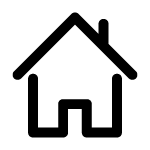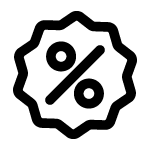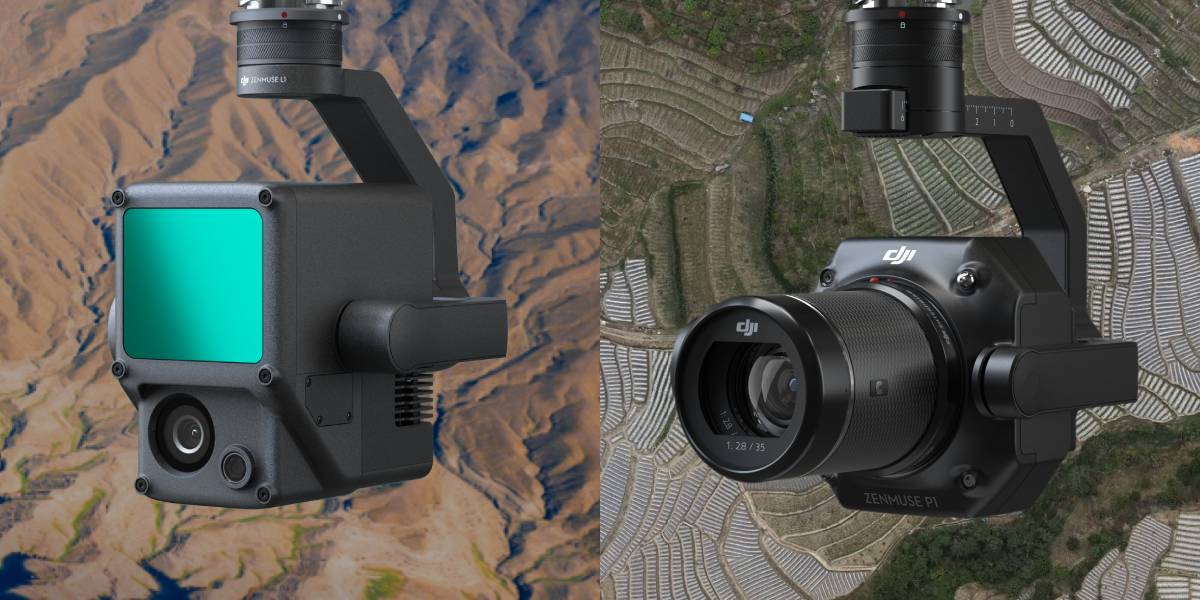
LiDAR point clouds vs Photogrammetry point clouds
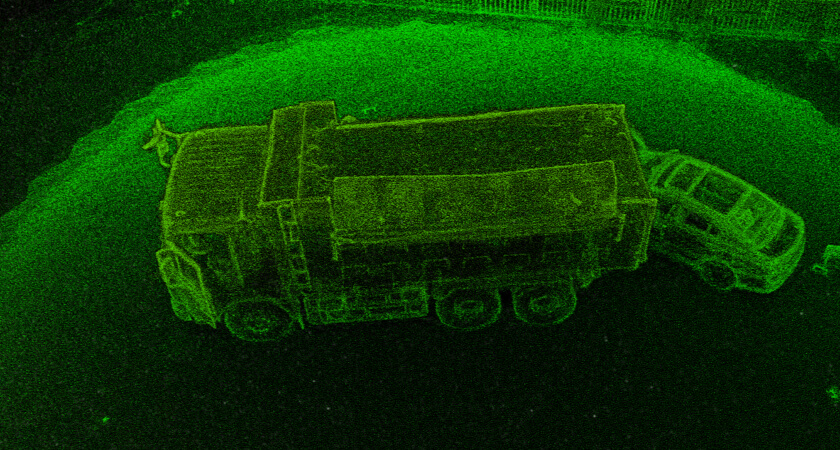
What is a point cloud, and how does it work? It's a collection of three-dimensionally mapped data points. According to its location in space, each point has its own X, Y, and Z values. To pinpoint exactly what is in a 3D space, certain point clouds might have extremely high resolution, with hundreds of distinct points per square metre.
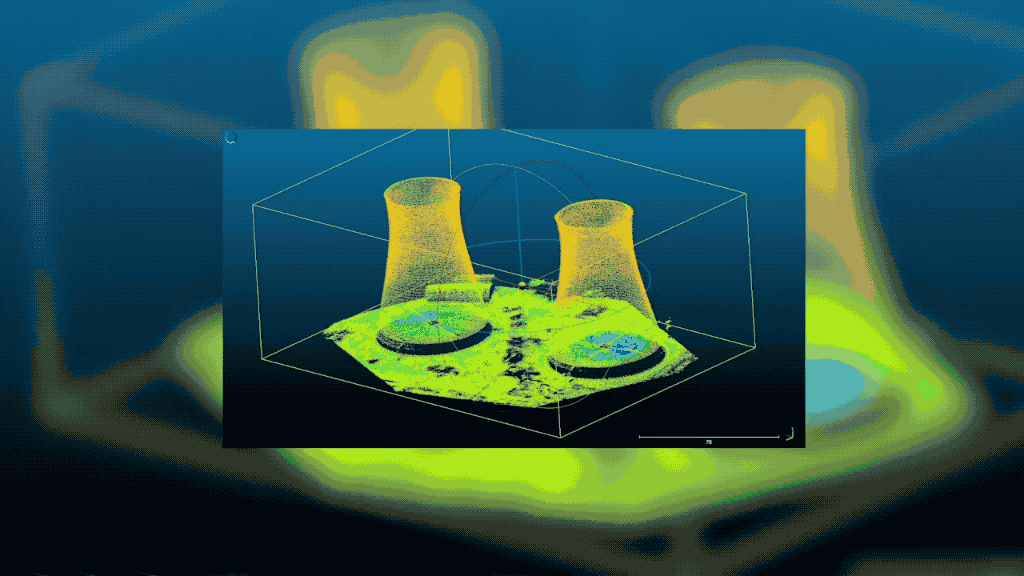
In a single pass, advanced drones equipped with the newest light detection and ranging (LiDAR) sensors can create point clouds in a pinch. A drone equipped with a photogrammetry camera system can generate a point cloud with the three-dimensional image's outputs.
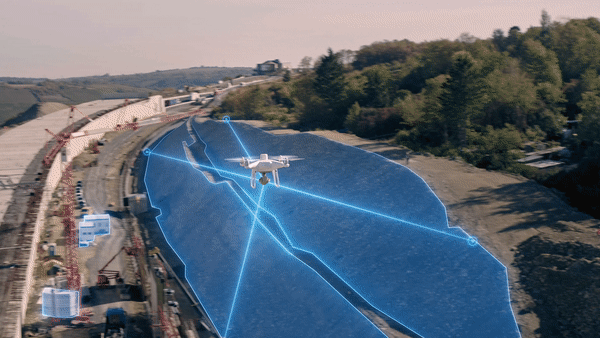
LiDAR and photogrammetry, the two major technologies for producing a point cloud from UAV data, each have their own set of applications. You may find yourself utilizing both at different times.

What is LiDAR?
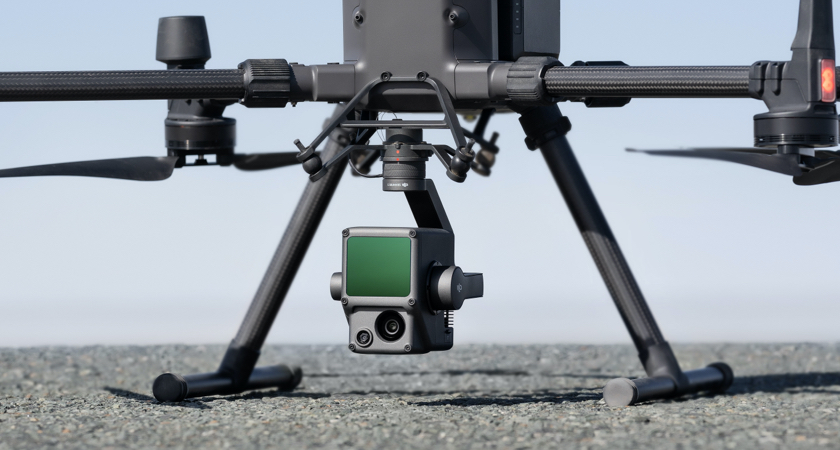 The acronym LiDAR stands for 'light detection and ranging.' LiDAR sensors function by sending out light pulses and detecting how long it takes for them to reflect back off the ground, as well as how intensely they do so.
The acronym LiDAR stands for 'light detection and ranging.' LiDAR sensors function by sending out light pulses and detecting how long it takes for them to reflect back off the ground, as well as how intensely they do so.
LiDAR technology has only recently gotten small enough to put onto a payload that a drone can carry, despite the fact that it has been around for decades.
The LiDAR sensor is only one component of a complex process. To gather the data needed to build a point cloud that accurately reflects terrain and its topography, LiDAR incorporates other high-accuracy systems: satellite positioning (GNSS data) and an inertial measurement unit (IMU).
LiDAR flights may be used to create 3D point clouds and intensity maps with a little software magic. Both need some learning to comprehend but they generate useful data in mining, forestry, agricultural, and construction activities.
The Pros of LiDAR
- The precision of LiDAR technology is the most acknowledged benefit of employing it for mapping. But that doesn't give us anything to work with as a stand-alone assertion.
- First and foremost, think about what precision means to you and your project. Do you value relative or absolute correctness more than the other? In other words, do you care about the accuracy of your final product's features in respect to one another or to their location in the world?
- When it comes to absolute accuracy, LiDAR is the way to go, and it's usually the best option when creating a realistic bare-earth model. That's because it's the most accurate way to account for elevation, vegetation, and current conditions.
- The combination of GNSS data and the fact that LiDAR is a direct measurement - firing hundreds of laser pulses from above - ensures that your final digital terrain model has extremely high vertical accuracy.
- Terrain undulations aren't the only source of topographical problems. Photo-based surveying methods can also be hampered by vegetation, which prevents granular ground-level data from being obtained.
- The laser pulses from LiDAR pass through the gaps between leaves and branches, reaching the ground below and enhancing measurement accuracy.
If the light conditions at your jobsite aren't consistent, LiDAR is a better option. LiDAR can conduct night-time surveys or low-visibility operations without the requirement for an external source of light. - LiDAR enables you to collect small-diameter details. Power cables are a fantastic example of this. LiDAR can accurately map wire catenary thanks to high-density point sampling and the direct measurement approach.
What is Photogrammetry?
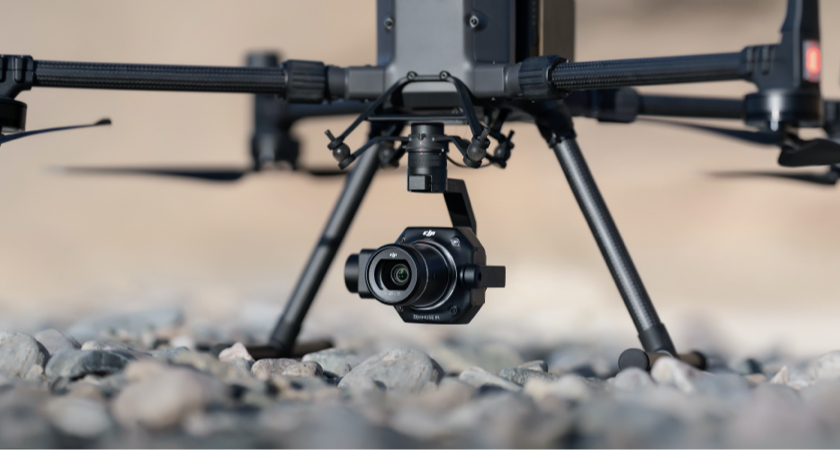
Simply put, photogrammetry is the use of photos to measure distances. These images are then processed using specialised software to create accurate and realistic world models.
From construction planning to ongoing project management to marketing materials, orthomosaic maps and 3D models have a wide range of uses.
For efficient photogrammetry, you'll need anywhere from hundreds to thousands of photos. It all depends on the size of the property in question, as well as the level of detail and precision you desire.
Drone pilots will have to determine the optimal flight altitude to get the ground sample distance needed. You’ll also have to set up an overlap on each picture to ensure your software can seamlessly stitch your images together.
The Pros of Photogrammetry
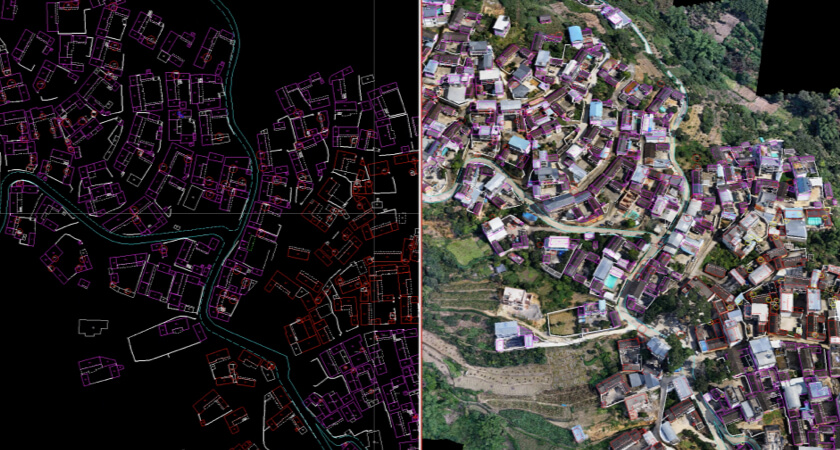
- Working using photogrammetry has a number of advantages, the most important of which is its accessibility. Drone technology and mapping software have simplified operations and made realistic maps and 3D models accessible to any company with a quality camera drone.
- Aside from camera calibration, basic flight planning, and drawing your ground control points, completing a mapping mission and converting the data into usable information is quite simple. In industries as diverse as building, conservation, mining, and agriculture, there are numerous instances in which this approach yields concrete consequences.
- Importantly, the results are also easily available. Maps and models with identifiable features and colours are immediately intuitive, making them an excellent collaborative tool and a place where stakeholders can interact without having to spend too much time altering data.
- Another important aspect of Photogrammetry's attractiveness is its low cost. As previously said, getting started entails spending a few thousand dollars on a professional camera drone and much less on the software required to process your data.
- Finally, photogrammetry allows us additional flexibility. You can have more control over the trade-off between mission speed, altitude, and accuracy depending on the task at hand.
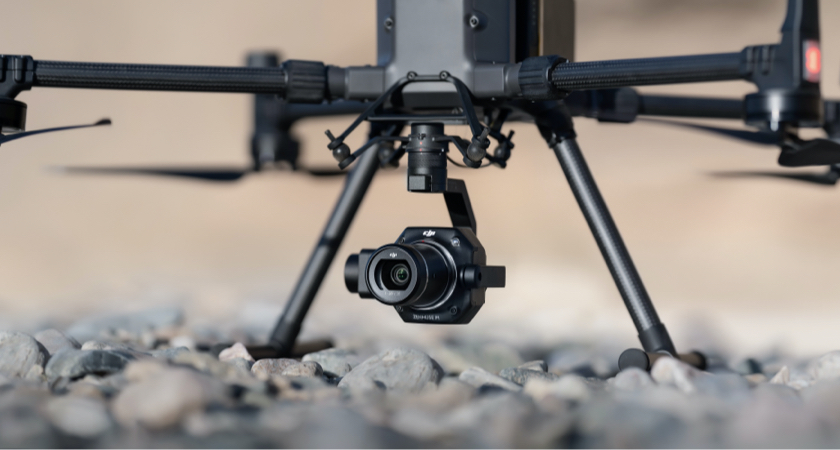
LiDAR is ideal for:
- Mapping difficult-to-reach, complicated, and overgrown terrain.
- Details on thin buildings, such as electricity wires or roof edges, must be captured.
- Projects with a high level of precision and attention to detail
Photogrammetry is ideal for:
- Accessible, context-rich scans that require minimal post-processing and skill
- Easily interpreted maps and models for untrained eyes
- Datasets that require visual inspection

The right point cloud modeling drones and payloads
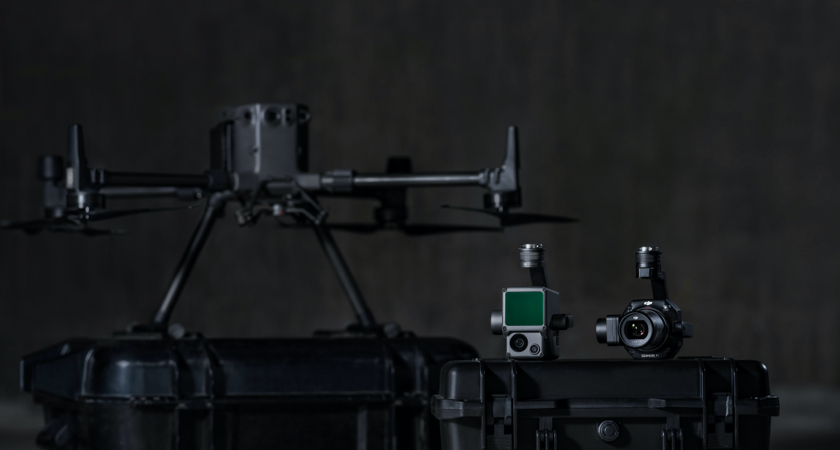
On your next point cloud generation assignment, what type of drone will your team use, and what sensor will it be equipped with? You have a number of alternatives when working with DJI, including:
Drone hardware: The purpose and work conditions dictate which drones are used. For 3D point cloud generation, the Matrice 300 RTK is an excellent choice. It can function in a wide range of environments and provide 55 minutes of flying time while outfitted with your preferred sensor kit.
LiDAR payload: The Zenmuse L1 is DJI's first UAV LiDAR system, and it comes with a long list of features. With a single return, this approach can map 240,000 points per second; or up to 480,000 points per second with three returns. True-color point cloud outputs are possible thanks to an integrated RGB camera, and DJI Pilot's Point Cloud LiveView allows you to check if your data collecting is going as planned.
Photogrammetry payload: DJI provides the Zenmuse P1 to consumers that prefer photogrammetry. This system can take a photo every 0.7 seconds, allowing it to swiftly create precise and detailed models that can then be converted into 3D point clouds.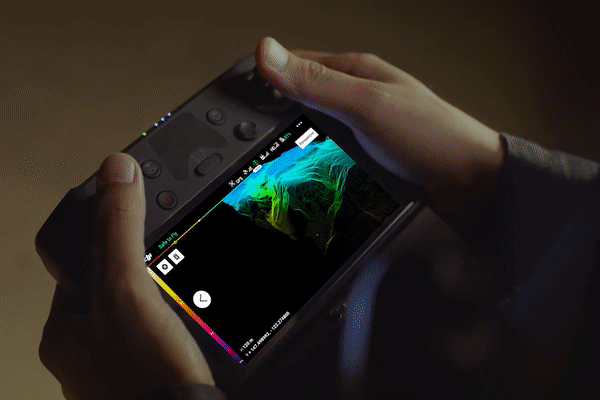
Want to learn more about DJI payloads?
Contact us on WhatsApp to see which payload suits your work or operations nature the most.
Click here to see more details about the payloads on our product page.

